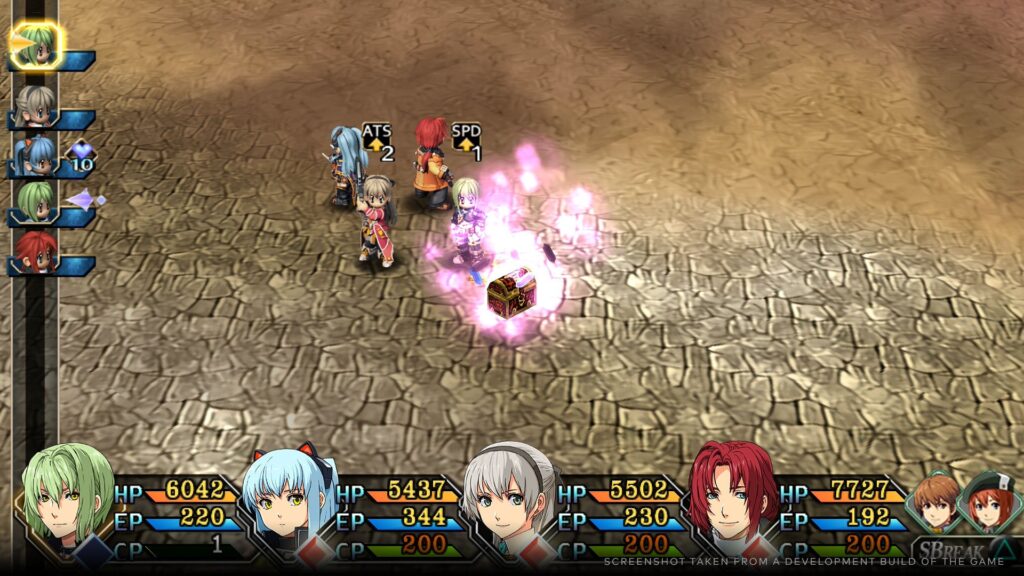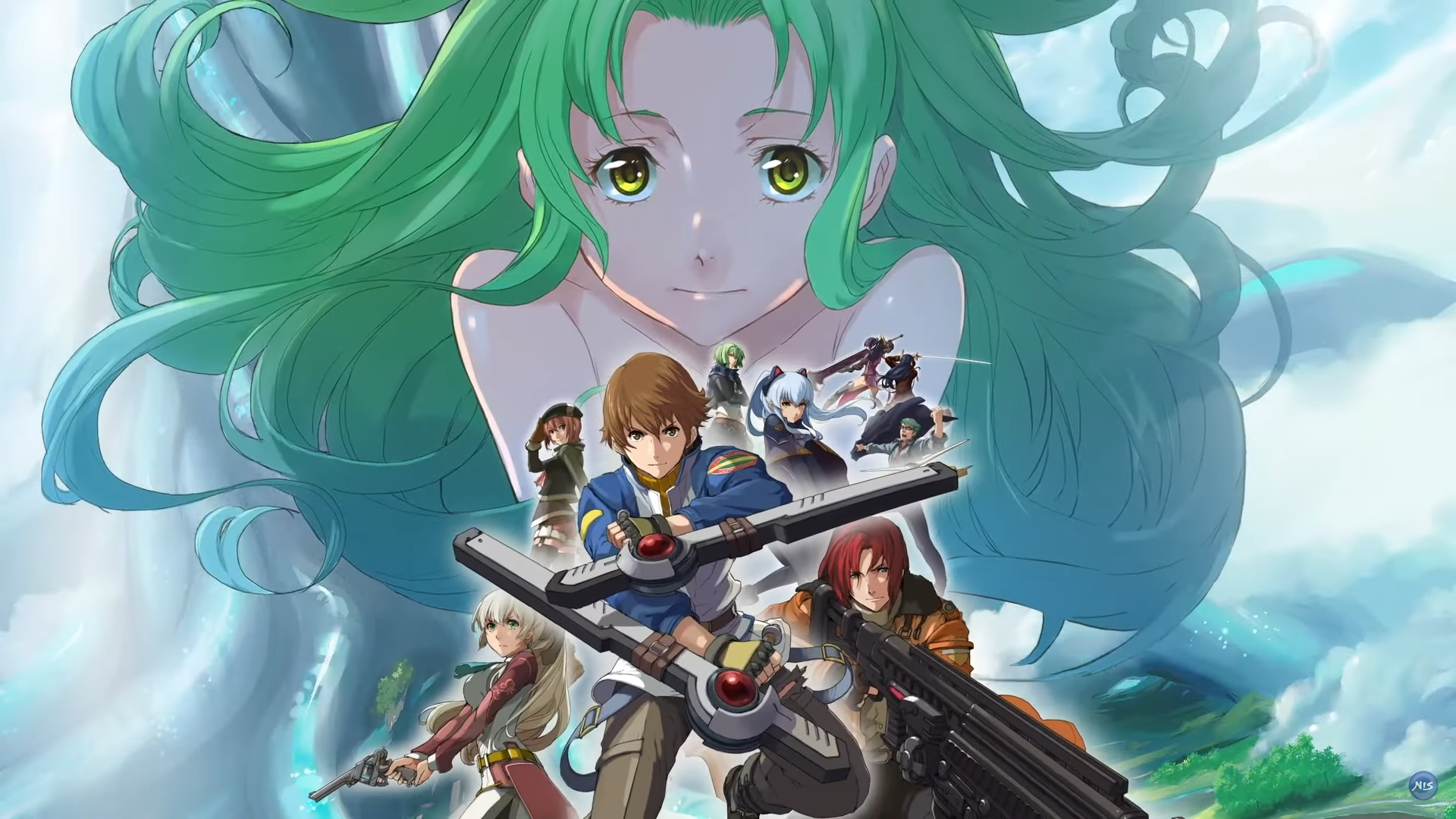It didn’t take long at all for us to get more of the Crossbell arc from The Legend of Heroes franchise. Merely months after the re-release of The Legend of Heroes: Trails from Zero last year comes Trails to Azure, the second and last part of the duology of games set in the bustling region of Crossbell, as you take up the mantle of a investigation division of the local law enforcement agency.
Picking up straight after the events of Trails from Zero, Trails of Azure opens up with the exploration of the last bastion of the cult that gave so much trouble to Lloyd and co. during the previous game. Following the arrest of the remaining culprit of the drug-induced chaos that took place during Trails from Zero, the Special Support Section (or SSS) is brought back into action.
Peace has finally come to Crossbell with the dissolution of the mafia and the underlying cult that was discovered to be controlling it from the sidelines. As expected, that’s short lived as the two warring nations that surround it are gearing up to duke it out, and you end up being caught in the middle of an escalating conflict.

Part of the group is away on their own business, with Tio and Randy missing from the roster, but new inclusions more than make up for it while they’re absent. Noel, who was part of the Crossbell Guardian Force is an expert at close and mid-range fighting, and her skills complement the team’s quite well, while Wazy, a former gang leader and underground member, is a hand-to-hand master and is really good at providing single-target burst damage.
Visually identical to Trails from Zero due to the fact that it’s also a port of a PSP game from 2011, there are a number of new gameplay elements that were first introduced in Trails to Azure and permeated to the games in the main series that followed it. The excellent turn-based combat continues to be fast-paced and fun in this game, and it’s even better this time around with the inclusion of a master quartz that levels up along with your characters, developing new skills and powers as it gets stronger.
While that might sound like something quite commonplace to RPGs in general, and based on description, it is, but in action it’s an addition that spins combat on its head. That’s due to the sheer amount of customization that there is when assigning these gems to characters. Before, your team members would level up as they would and grow through their skill trees as usual, without much in the way of giving you any choice on the matter, but now through the master quartz, you get to pick and choose based on which gems you assign to individual fighters.

Along with that, there’s also the burst system, which is well known to anyone who’s played the Trails of Cold Steel sub series and was first introduced to the franchise in Trails to Azure. With it, you build up a meter the more you fight, and once it’s filled up you can activate it during battle in order to rid your team of any negative status effects, skills are instantly cast without a timer, and your characters get to attack right away, skipping the timeline altogether.
Burst is a nifty little mechanic that helps get you out of pinches and can be the X factor when facing particularly tough encounters like bosses. I wouldn’t call Trails to Azure a particularly difficult game to begin with, but having the option to really lay it out to enemies when one fight does in fact become too much to handle is welcome. And this wouldn’t be an anime-inspired game without flashy moves, right?
Speaking of being inspired by anime, Trails to Azure wears that on its sleeve. It’s not as annoying as it could’ve been, though, even though there are a number of characters with higher pitched voices that I’d liked. On the other hand, as with the usual Legend of Heroes game, this one keeps with tradition and manages to deliver a tightly written story that doles out plenty of serious moments.
As seen in other games from the franchise that I got to review over the years, Trails to Azure has a rich lore to pick details from, and there are plenty of them going around for dedicated fans to notice, from passing references to locations and figures from other releases, to actual cameos you wouldn’t expect to see in a much more narrower focused adventure such as this.

With that in mind, it’d be easy to call this off as a throwaway spin-off, but that’s very much not the case with Trails to Azure. While sure, it’s the closer of what’s otherwise a simpler story in the grand scheme of the series, it opens up the way to the future release of Trails into Reverie, an entirely new entry that aims to finally connect this to the mainline entries such as Cold Steel.
So much so, in the same way you could import your save from Trails from Zero into this, you’ll be able to carry your progress from Trails to Azure into the new game, so your decisions and scores will once again influence the story going forward. It’s exciting to think that there’s going to be a brand-new game to tie everything together, and one that will modernize the look and feel of what personally is getting a bit long in the tooth with both of these releases, honestly.
For those that have finished Trails from Zero and are looking to continue with its overarching story, Trails to Azure is a must-play. For those just coming into the series, I’d recommend playing the previous one first before embarking into this one since you’d miss a lot of the passing references to previous events and character development. And of course, Trails from Zero is a fantastic game in its own right, you should damn well play it.





